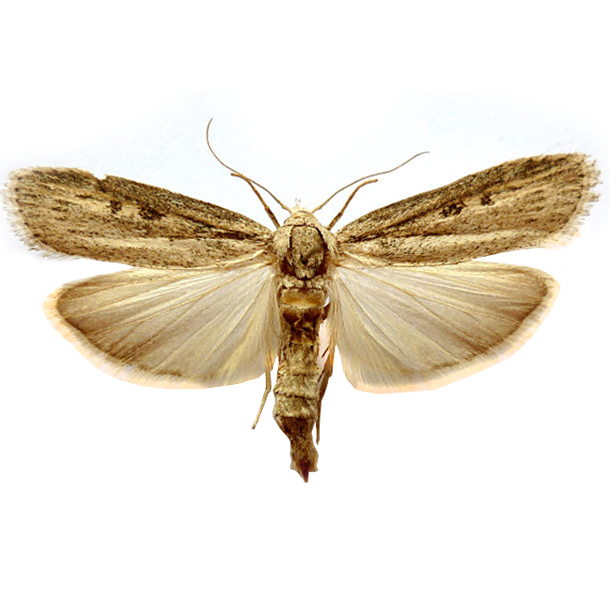


| Latin Name | Homoeosoma nebulella |
| Common Name | Eurasian sunflower moth |
| Biology | Adults are nocturnal, exhibiting phototaxis to black-light lamps, and lay eggs on sunflower capitula and sepals. Larvae bore into capitula and seeds, causing capitulum rot and seed shriveling, severely impacting yield and quality. This species completes 1–2 generations annually, overwintering as mature larvae within sunflower stalks or soil. |
| Damage | This pest primarily damages sunflowers. |
| Distribution Regions | Temperate agricultural areas |
| Monitoring | Pheromone lures mimic natural sex pheromones to attract male insects into specialized traps for population monitoring and suppression. As a core IPM component, monitoring enables early risk detection and targeted control. Mass trapping reduces mating opportunities to curb offspring populations. Protocols: ●Use only with matched traps. ●15-45 traps/hectare,replace/replenish every 4-6 weeks. ●Wear gloves or wash hands with detergent when switching lure types. ●Refer to trap-specific hanging instructions. |
| Recommended Traps | Delta Trap, Wing Trap |

Share your contact information to receive precision-matched pheromone solutions. Should our existing portfolio lack an optimal fit, our synthetic chemistry team will initiate custom development—from molecular structure design to scaled production.